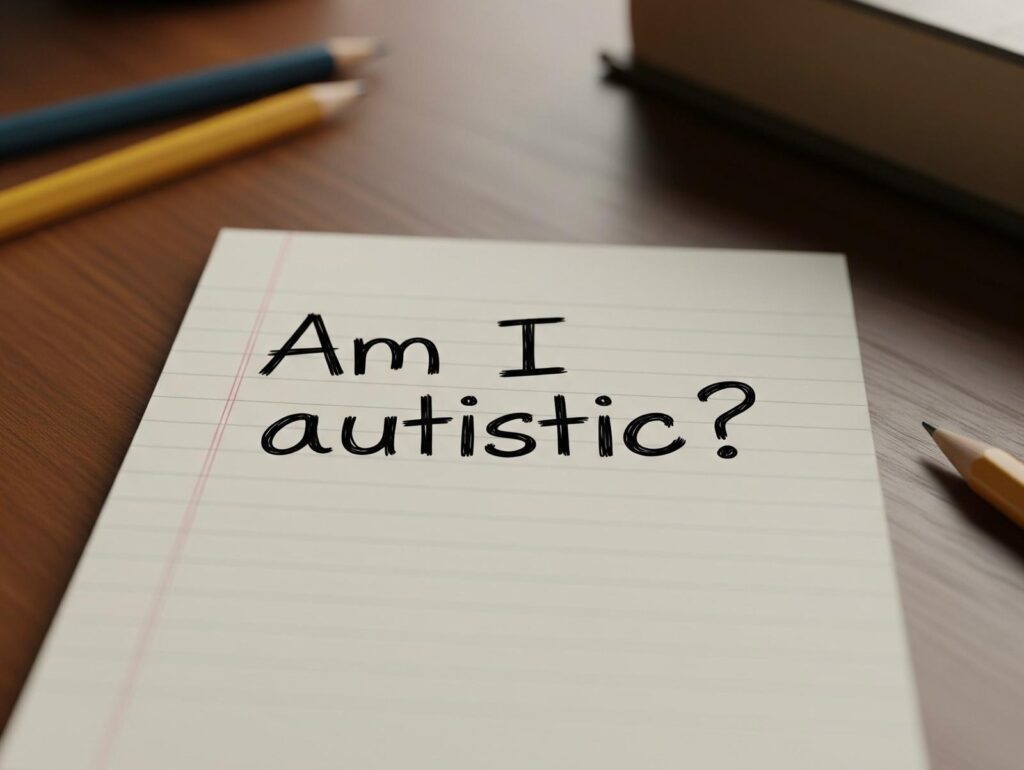Behaviour therapy is a broad term used to describe a range of therapeutic techniques and interventions that focus on c hanging maladaptive behaviours. Rooted in the principles of behaviourism, which emphasises the role of learning in developing both normal and abnormal behaviours, behaviour therapy has been widely used to treat a variety of psychological conditions, including anxiety, depression, phobias, and more. This article provides an in-depth look at the principles, techniques, and effectiveness of behaviour therapy, supported by scientific research.
The Principles of Behaviour Therapy
Behaviour therapy is based on the idea that all behaviours, both adaptive and maladaptive, are learned through interactions with the environment. This perspective was first articulated by behaviourists like John B. Watson and B.F. Skinner, who argued that behaviours are shaped by reinforcement and punishment (Skinner, 1953). The goal of behaviour therapy is to replace maladaptive behaviours with more adaptive ones by applying the principles of classical and operant conditioning.
- Classical Conditioning: Classical conditioning involves learning through association. Ivan Pavlov’s experiments with dogs, where a neutral stimulus (e.g., a bell) became associated with a significant stimulus (e.g., food) to produce a conditioned response (e.g., salivation), laid the foundation for this approach. In behaviour therapy, classical conditioning techniques are used to help individuals unlearn harmful associations (Pavlov, 1927).
- Operant Conditioning: Operant conditioning, developed by B.F. Skinner, involves learning through the consequences of behaviour. Behaviours followed by positive outcomes (reinforcements) are likely to be repeated, while those followed by negative outcomes (punishments) are less likely to recur. Behaviour therapists use reinforcement strategies to encourage desirable behaviours and discourage maladaptive ones (Skinner, 1953).
Techniques of Behaviour Therapy
Behaviour therapy employs a variety of techniques to address different psychological issues. Some of the most commonly used techniques include:
- Exposure Therapy: Exposure therapy is a technique used to treat anxiety disorders, particularly phobias and PTSD. It involves gradually exposing the individual to the feared object or situation in a controlled environment, helping them to confront and reduce their fear over time. Research has shown that exposure therapy is highly effective in reducing symptoms of anxiety and phobias (Foa et al., 2007).
- Systematic Desensitisation: Systematic desensitisation combines relaxation techniques with gradual exposure to anxiety-provoking stimuli. It is often used to treat phobias by pairing relaxation with exposure, which helps reduce the anxiety response. This technique was developed by Joseph Wolpe and has been widely supported by empirical research (Wolpe, 1958).
- Behavioural Activation: Behavioural activation is commonly used to treat depression. It involves encouraging individuals to engage in activities that they find rewarding, helping to counteract the withdrawal and inactivity that often accompany depression. Studies have demonstrated the effectiveness of behavioural activation in improving mood and increasing engagement in meaningful activities (Martell, Dimidjian, & Herman-Dunn, 2010).
- Contingency Management: Contingency management involves modifying behaviour by changing the consequences associated with it. This technique is often used in substance abuse treatment, where positive reinforcement (e.g., rewards) is given for abstaining from drug use. Contingency management has been shown to be effective in promoting abstinence and reducing substance use (Higgins et al., 1994).
- Cognitive-Behavioural Techniques: While behaviour therapy originally focused solely on observable behaviours, it has since evolved to include cognitive techniques, leading to the development of Cognitive Behavioural Therapy (CBT). CBT combines behavioural strategies with cognitive restructuring to address both the thoughts and behaviours that contribute to psychological distress (Beck, 2011).
Effectiveness of Behaviour Therapy
Behaviour therapy is supported by a robust body of scientific evidence demonstrating its effectiveness in treating a wide range of psychological conditions. For example, exposure therapy is considered the gold standard treatment for PTSD and specific phobias, with numerous studies validating its efficacy (Powers et al., 2010). Similarly, behavioural activation has been shown to be as effective as antidepressant medication in treating depression (Dimidjian et al., 2006).
Meta-analyses of behaviour therapy interventions have consistently shown large effect sizes, indicating that these techniques are highly effective in reducing symptoms and improving functioning (Hofmann et al., 2012). Behaviour therapy is also favoured for its structured, goal-oriented approach, which allows for clear measurement of progress and outcomes.
Conclusion
Behaviour therapy remains one of the most effective and widely used approaches in the treatment of psychological disorders. By focusing on changing maladaptive behaviours through evidence-based techniques, behaviour therapy offers a powerful tool for helping individuals achieve better mental health. As research continues to evolve, behaviour therapy will likely remain a cornerstone of psychological treatment, with ongoing adaptations and innovations enhancing its efficacy.
References
- Beck, J. S. (2011). Cognitive Behavior Therapy: Basics and Beyond. Guilford Press.
- Dimidjian, S., Hollon, S. D., Dobson, K. S., Schmaling, K. B., Kohlenberg, R. J., Addis, M. E., … & Atkins, D. C. (2006). Randomized trial of behavioral activation, cognitive therapy, and antidepressant medication in the acute treatment of adults with major depression. Journal of Consulting and Clinical Psychology, 74(4), 658.
- Foa, E. B., Keane, T. M., Friedman, M. J., & Cohen, J. A. (Eds.). (2007). Effective Treatments for PTSD: Practice Guidelines from the International Society for Traumatic Stress Studies. Guilford Press.
- Higgins, S. T., Silverman, K., & Heil, S. H. (Eds.). (2008). Contingency Management in Substance Abuse Treatment. Guilford Press.
- Hofmann, S. G., Asnaani, A., Vonk, I. J., Sawyer, A. T., & Fang, A. (2012). The efficacy of cognitive behavioral therapy: A review of meta-analyses. Cognitive Therapy and Research, 36(5), 427-440.
- Martell, C. R., Dimidjian, S., & Herman-Dunn, R. (2010). Behavioral Activation for Depression: A Clinician’s Guide. Guilford Press.
- Pavlov, I. P. (1927). Conditioned Reflexes: An Investigation of the Physiological Activity of the Cerebral Cortex. Oxford University Press.
- Powers, M. B., Halpern, J. M., Ferenschak, M. P., Gillihan, S. J., & Foa, E. B. (2010). A meta-analytic review of prolonged exposure for posttraumatic stress disorder. Clinical Psychology Review, 30(6), 635-641.
- Skinner, B. F. (1953). Science and Human Behavior. Free Press.
- Wolpe, J. (1958). Psychotherapy by Reciprocal Inhibition. Stanford University Press.
How to get in touch
If you or your NDIS participant need immediate mental healthcare assistance, feel free to get in contact with us on 1800 NEAR ME – admin@therapynearme.com.au.
Discover more from Therapy Near Me
Subscribe to get the latest posts sent to your email.






